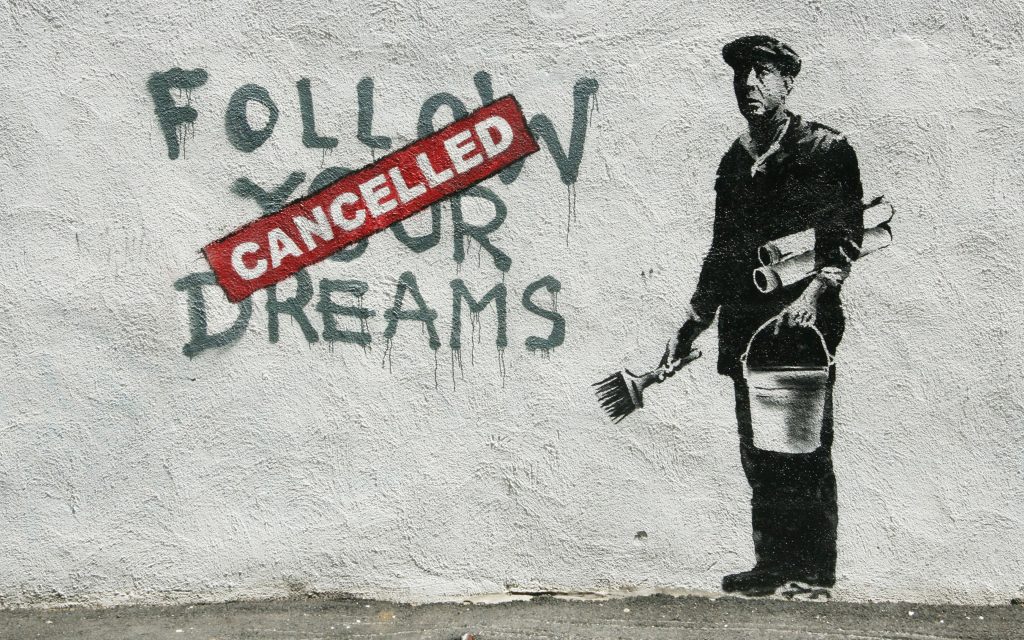The Investment Theory of Creativity stands as the product of a notorious collaboration between tow prominent thinkers, Robert J. Sternberg and Todd I. Lubart. The Investment theory is built around the axiom that creativity at large is a form of strategic decision-making. Quite akin to that of an investor.
Creatively inclined innovators in his regard can be perceived as savvy investors, pioneering models or ideas that are initially regarded as unconventional, unorthodox, and even slightly outlandish. These innovative individuals metaphorically “Buy Low” by adopting, assessing, and developing these ideas early on. As These ideas start gaining observable momentum, credibility, and acceptance from the domain’s gatekeepers, they then “sell high” leveraging their distinct and sharp perspective to sort through observable regularities, and ultimately forecast future trends and market needs.
The truly inclined creatives, naturally challenge the status quo, defy the mass and steer clear of conventional thinking patterns. Instead, They pave their own path, with the virtuous aim to deliver authentic models with a sufficient degree of novelty and practical utility.

Historical Context and Main Dimensions of the Investment Theory of Creativity
The investment Theory of Creativity, brought to light by Robert J. Sternberg and Todd Lubart in the 1990s, an era that marked a radical shift in the study of creativity. Thinkers and scholars began to break away from the traditional focus on individual traits and cognitive capacities . Nevertheless, This model emerged to introduce a new approach to studying creativity. It considers factors such as the social and intellectual milieu, socioeconomics, and cultural backgrounds. Thus, moving beyond the traditional narrow focus on personal attribute such as traits and cognitive capacities.
The Creative Personality: Sternberg and Lubart identified several key traits that characterize creative individuals, Among which we can find; a willingness to take risks, a solid tolerance for ambiguity and vagueness, perseverance in the face of adversity, and lastly, the ability to think divergently. These traits allow individuals to pursue novel ideas despite uncertainty and the possibility of failure.
1.Intellectual Abilities: Creatively inclined individuals demonstrate the analytical skill required to view the problems from new and varied perspectives and possess the synthetic capacity to connect disparate ideas.
2.Knowledge: a reasonable degree of domain-specific knowledge and maneuvers proves essential foe innovation within a field. Nevertheless, a, excess can restrict creativity by reinforcing established norms and traditional ways of conduct.
3.Style of Thinking: Creative thinkers often favor attribute such as novelty and complexity, comfortably mapping both the abstract and concrete.
4.Personality: Traits like openness experience, Self-confidence, and a non-conformist attitude play a cardinal role and are widely observed in creative individuals.
5.Motivation: Visceral motivation drives individuals to pursue their ideas for the sheer joy of creation, not for external rewards.
6.Environmental Context: Supportive environments that offer resources, encourage risk-taking, and value creativity play a crucial role in nurturing creative ideas.

In a nutshell, Robert J. Sternberg and Todd I. Lubart’s seminal framework did really shape our grasp of creativity, laying out a blueprint for nurturing this invaluable mental faculty across generations.







